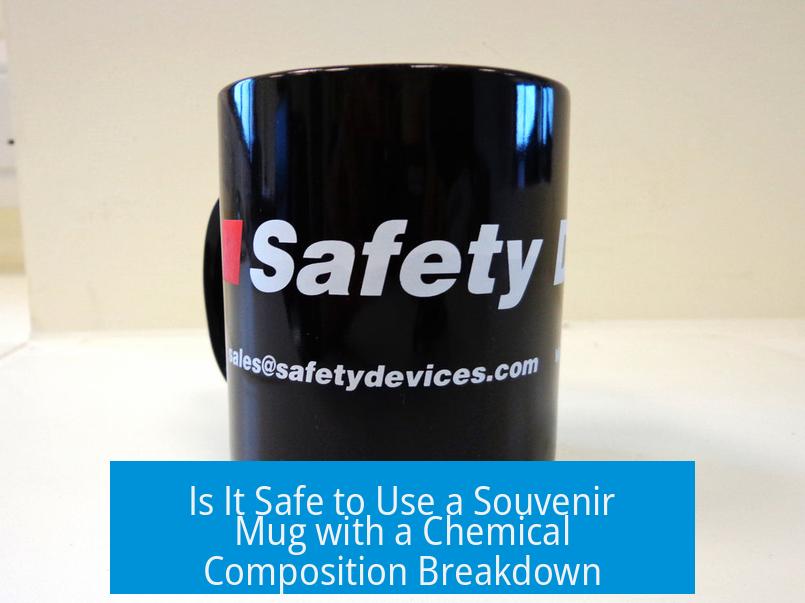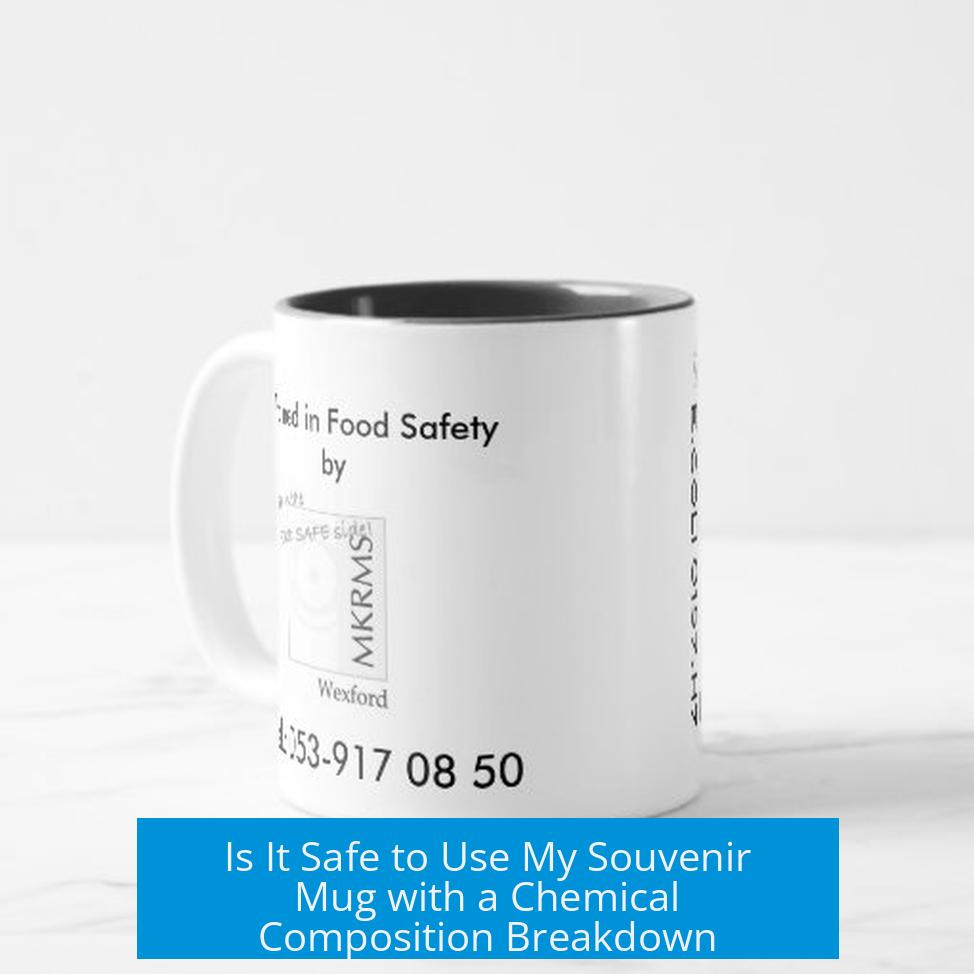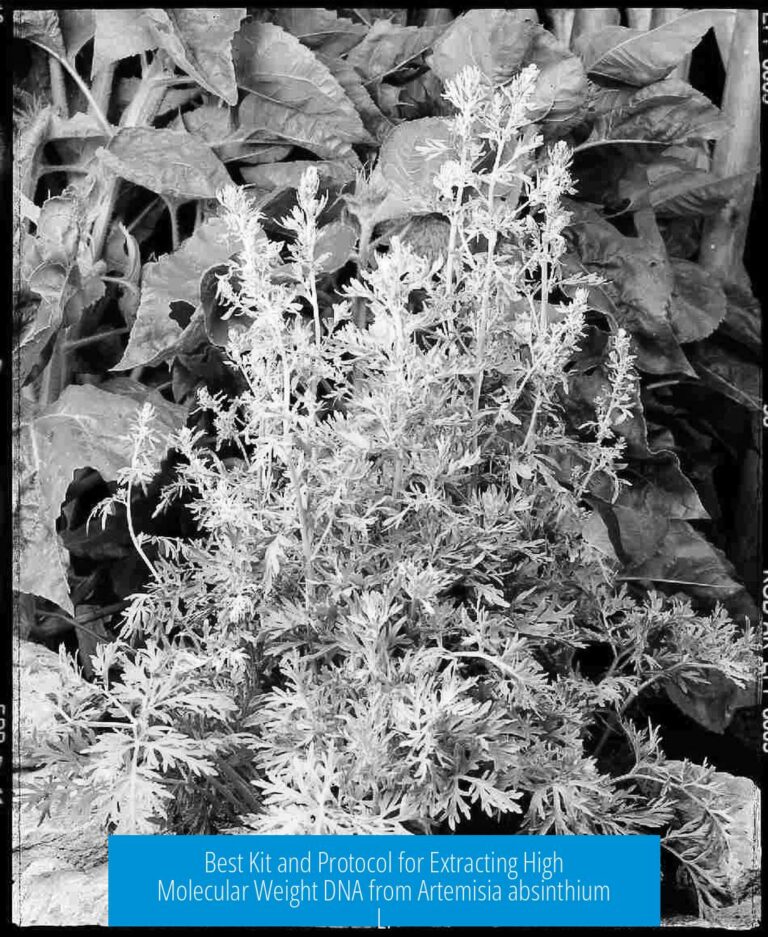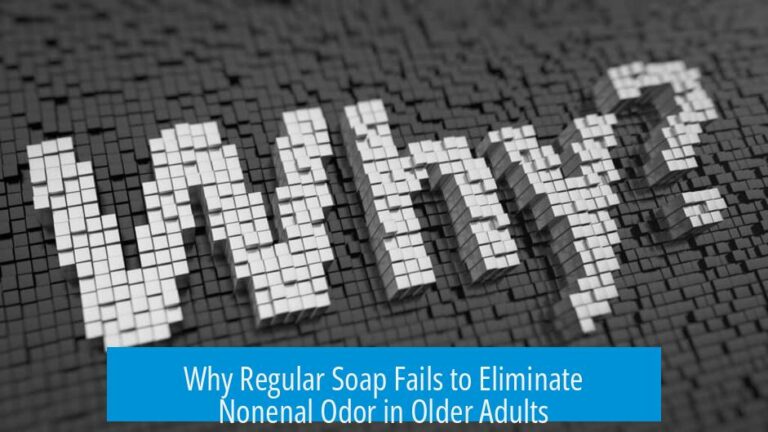Is It Safe to Use a Souvenir Mug with a Chemical Composition Breakdown?

The chemical composition listed on your souvenir mug indicates it is made from standard ceramic materials and is safe for drinking purposes, provided the mug does not contain harmful substances like lead (Pb) or uranium (U), which are absent in your description.
Understanding the Chemical Breakdown
Mugs made from ceramic typically consist of a mixture of metal oxides and minerals. Your mug’s list includes:
- SiO2 (Silicon Dioxide): The primary component of sand and quartz, providing hardness.
- Al2O3 (Aluminum Oxide): Adds strength and heat resistance.
- CaO (Calcium Oxide) & MgO (Magnesium Oxide): Act as fluxes to lower melting temperatures during firing.
- K2O (Potassium Oxide) & Na2O (Sodium Oxide): Alkali oxides serving similar flux roles.
- TiO2 (Titanium Dioxide): May be used as a pigment or to improve opacity.
- Fe2O3 (Iron (Ferric) Oxide): Often responsible for coloration.
These compounds are typical ingredients in ceramic clays and glazes. They are stable oxides forming an inert solid once fired at high temperatures. The presence of such oxides confirms the mug’s material is a common ceramic.
Safety Considerations for Using the Mug
Experts including materials engineers, chemists, and ceramicists concur that ceramic mugs containing these oxides are generally safe for food and drink use. The critical factor to confirm is the absence of toxic heavy metals:
- Lead (Pb): Can cause poisoning if present in the glaze and leaches into beverages.
- Uranium (U): Used historically in ceramic pigments but is highly regulated and uncommon.
If such metals are absent, the mug’s ceramic body poses no hazard. The oxides listed do not dissolve or react significantly at room temperature or typical beverage conditions. Silicon dioxide is essentially inert sand, aluminum oxide has no known toxic effects at these low exposures, and other oxides support ceramic stability.
Always check if the mug is labeled as food-safe, dishwasher-safe, or microwave-safe. These claims imply the manufacturer has tested the mug’s glaze and coating for safety under standard usage conditions.
Potential Caveats and Use Tips
- The chemical breakdown likely covers only the ceramic body, excluding glaze or paint compositions. Some pigments may contain small traces of metals not disclosed on the breakdown.
- Microwaving a mug with unknown pigments or metallic paint could pose risks of uneven heating or contamination.
- Hand-washing helps preserve the glaze and prevent microscopic cracks, which could otherwise harbor bacteria or cause structural weakness.
- Do not attempt to ingest or grind the ceramic; this is unsafe due to physical hazards rather than chemical toxicity.
Concerns About Origin and Quality Control
Mugs manufactured in some regions may face scrutiny over quality control standards, especially concerning heavy metal contamination. While “Made in PRC” (People’s Republic of China) labels sometimes raise suspicion, many manufacturers in these regions adhere to strict regulations, especially for export products.
Purchasing from reputable retailers reduces risk. If the mug is marketed as a food contact item and has standard certifications, origin alone should not be a cause for concern.
Why the Chemical Breakdown May Cause Confusion
Presenting a chemical composition list on packaging can be confusing for consumers unfamiliar with materials chemistry. Chemical names and formulas may create unnecessary alarm despite the product’s safety. Educating consumers on common oxides and ceramic chemistry would alleviate misunderstandings.
Consumers often fear chemicals without context, but understanding that everything is made of chemicals underlines the importance of evaluating toxicity rather than terminology.
Key Takeaways
- Souvenir mug’s chemical breakdown shows typical ceramic oxides: SiO2, Al2O3, CaO, MgO, K2O, Na2O, TiO2, Fe2O3.
- Lack of lead or uranium means no known toxicity risk for normal use.
- Ceramics are inert and stable once fired; drinking from such mugs is safe.
- Glaze and pigments might contain undisclosed materials; check for food safety labeling.
- Hand-washing and avoiding microwaving unknown decorated mugs is prudent.
- Country of origin alone does not determine safety; certification matters.





Leave a Comment